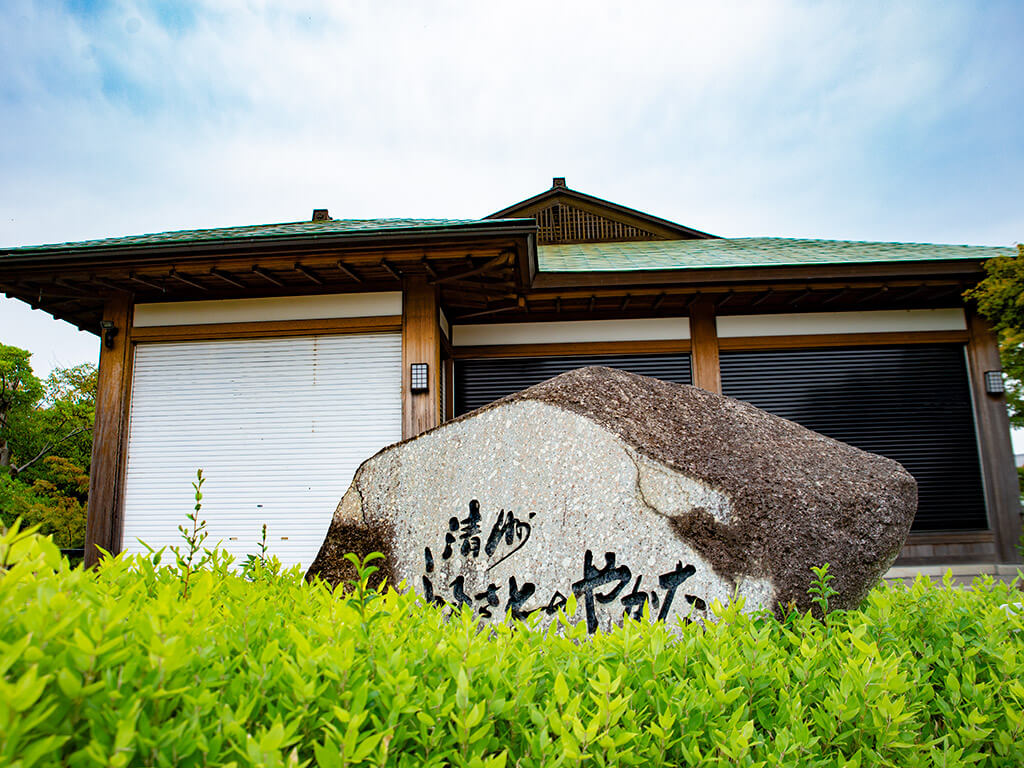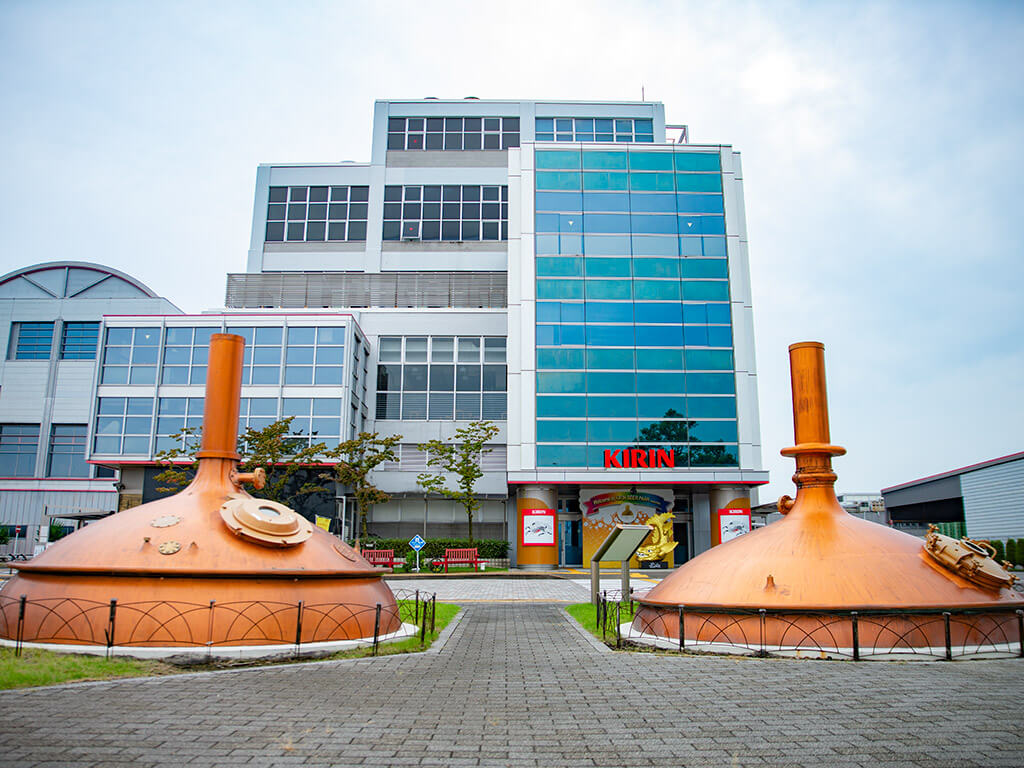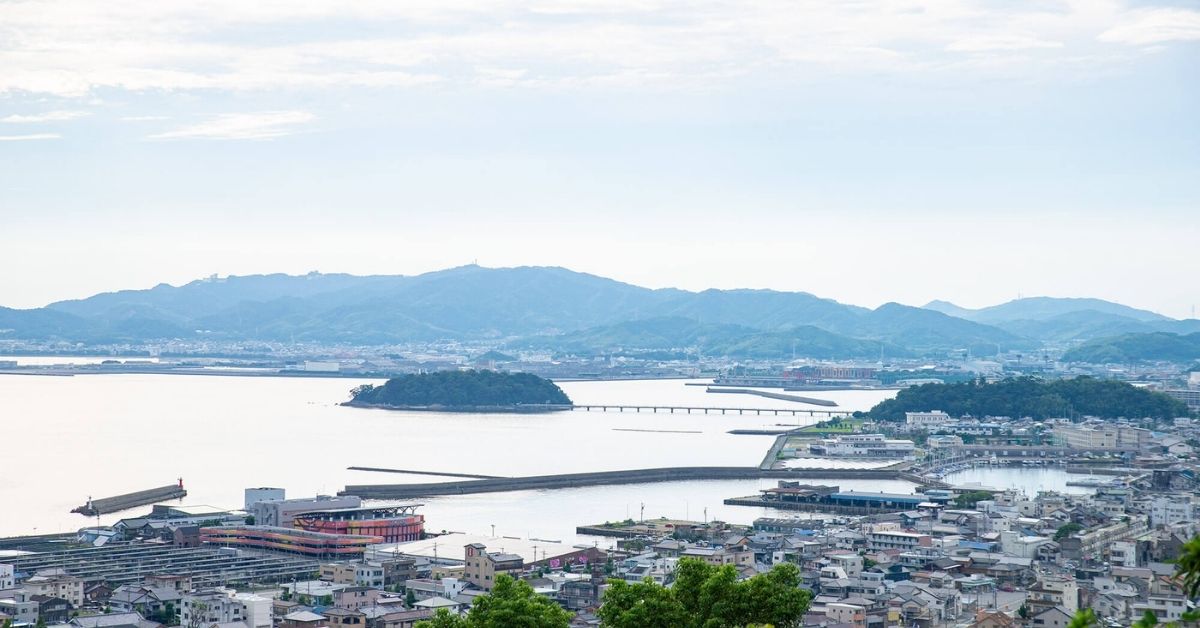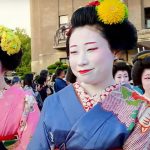Kiyosu with its castle is just minutes from Nagoya Station, and yet it is generally never mentioned in guidebooks or travel magazines.
In fact, many people in Nagoya have never heard of Kiyosu Castle, and even I didn’t hear about it until I had been in Nagoya for more than 10 years!
This is unfortunate, because Kiyosu is definitely worth a visit. Take a look below for some of the top spots in Kiyosu.
Article Contents
Kiyosu During Japan’s Warring States Period

Kiyosu Castle is thought to have been built between 1394 and 1427 by Yoshishige Shiba, the head of the Shiba clan and the governor of Owari, Echizen, and Totomi Provinces (current western Shizuoka Prefecture). The main role of Kiyosu Castle was to protect the strategic junction of Ise Kaido’s and Nakasendo highways that connected Kyoto to Kamakura.
With the castle at its center, the whole Kiyosu city was one of the most historically significant areas of the Warring States period or Sengoku Period (1467 – 1600), a period in the history of Japan marked by social upheaval, political intrigue, and constant military conflict.
The warrior and local hero, Oda Nobunaga, took control of Kiyosu Castle in 1555 and used it as a base for military operations. During this period, the city of Kiyosu prospered as an economic and cultural center of the Owari region.
Kiyosu Castle was a huge asset for the unification of Japan, the dream of Oda Nobunaga, and was an important historical base in his war of conquest, where he gathered his forces for the Battle of Okehazama, a battle in which Oda Nobunaga established himself as one of the main leaders of the country.
In 1610, Tokugawa Ieyasu built Nagoya Castle. Due to this fact, many local castles were destroyed in favor of the new Nagoya Castle, and Kiyosu Castle was no exception. A great part of the stones of the original Kiyosu Castle walls, as well as the wood of multiple structures, were used in the construction of Nagoya Castle. The main fortress was dismantled and rebuilt as a tower, overlooking the moat, in the northwest corner of Nagoya Castle.
A Closer Look at Kiyosu Castle

Kiyosu Castle was rebuilt in 1989, based on the appearance and scale of the original. However, a notable difference is that the original Kiyosu Castle was located on the other side of the Gojo river, where today the souvenir shop is located.
With the recent renovation of the interior of the castle, audiovisual exhibits detailing the history surrounding the castle have been added, as well as a collection of clothing worn by actors and actresses representing important historical figures of the time in historical television dramas. Let’s take a closer look at the castle.
The Zen Garden

Once inside the front gate and before the castle entrance, you will be greeted by a beautiful zen-style Japanese garden with big stones, making the castle extremely photogenic from here!
1st Floor: Prologue to Kiyosu

The ground floor displays samurai armor and visual material of Kiyosu’s history from ancient times of the Asahi Ruins to the period when Kiyosu was the capital of Owari Province.
2nd Floor: Kiyosu, the Warring States Capital

This floor provides an overview of the urban functions of the Kiyosu Castle town, which was known as the “Great Eastern City”. You can see the progression of Kiyosu in the old days, from the bustle of Kiyosu Castle town during the Warring States Period to the daily lifestyle of samurai under the command of Nobunaga.
3rd Floor: The Roots of the Conquerors

This floor focuses on the military exploits of Oda Nobunaga, and you will have a deeper look into the historical role and achievements of Kiyosu city, as well as the and the roots of other famous samurai that served under Oda Nobunaga, like Toyotomi Hideyoshi and Tokugawa Ieyasu.
4th Floor: The Conquest

This floor is the very top of the castle tower. You will be able to feel the dreams of power from the former military leaders while gazing upon the beautiful views of Kiyosu.
The Tea Room and the Armor Workshop

Right next to the castle is a tea room where you can experience a tea ceremony and savor matcha and traditional Japanese sweets.
Souvenir Shop Kiyosu Furusato no Yakata

On the other side of the castle, crossing the red bridge (Otebashi Bridge) a small rest area and a souvenir shop called “Kiyosu Furusato no Yakata ” can be found.
The shop has a wide selection of local products such as locally produced Hatcho Miso, Nagoya sweets, and goods related to the Warring States period warlords such as Oda Nobunaga. You can also buy a stamp for commemorating your climb up the castle steps.
Kiyosu Castle Ruins Park

Near Kiyosu Castle is a small park called Kiyosu Park, where the statues of Oda Nobunaga (at age 26) and his wife Lady Noh are located. There is also a small Shinto shrine dedicated to Nobunaga.
NOTE: When you visit the castle, ask at the entrance for a brochure in English. They usually have it inside the office.
Kiyosu Castle (清州城)
Entry Fee: Adults 400 yen, elementary school children 200 yen
Opening Hours: 9:00 – 16:30
Address: Shiroyashiki-1-1 Asahi, Kiyosu, Aichi 452-0932
Access: Take the JR Tokaido Line two stops north from Nagoya Station to JR Kiyosu Station or the Meitetsu Line eight stops to Shin Kiyosu Station on the Nagoya Main Line. From there, it’s around a 15-minute and 8-minute walk.
Website (Japanese only) | Google Maps
Explore Kiyosu’s Surroundings, Make Friends with Monkeys and Step Even Further Into the Past
In Kiyosu you will also find some other interesting sites that will make for a delightful experience after your visit to the castle.
Hiyoshi Shrine

Hiyoshi Shrine is dedicated to Sanno, the mountain god, and was built to protect from illness and disasters. Sanno has been worshiped as the guardian deity of Kiyosu Castle. It is said that Toyotomi Hideyoshi’s mother was able to give birth to the hero of the Warring States period thanks to her prayers at this shrine.
There are many statues of monkeys here as well. They are believed to be messengers of the mountain god, delivering messages and prayers from worshippers. That’s why the Hiyoshi shrine is also sometimes called the “Monkey Shrine”.
Make sure to look around, because cute monkeys can be found all around on enma (wooden plaquettes used for writing prayers and wishes) goshuin (temple stamps), and even as paintings on the walls.
Hiyoshi Shrine (日吉神社)
Entry Fee: free
Opening Hours: 9:00 – 16:00
Address: 2272 Kiyosu, Aichi 452-0942
Access: From Nagoya Station, take the Meitetsu Nagoya Main Line to Shin Kiyosu Station. From there, it’s an 8-minute walk.
Website (Japanese only) | Google Maps
Kirin Beer Nagoya Factory

Kiyosu also happens to be home to the Kirin Beer Factory where they brew one of Japan’s most popular brands of beer. You can take a free factory tour and learn more about the beer brewing process as well as sample a selection of different beers. Perfect for beer lovers!
Kirin Beer Nagoya Factory (キリンビール 名古屋工場)
Entry Fee: free
Opening Hours: 9:30-16:00
Address: Hanagasa-100 Terano, Kiyosu, Aichi 452-8562
Access: From Nagoya Station, take the JR Tokaido Line (Local Gifu) to Biwajima Station. Transfer to Tokai Kotsujigyojohoku Line and get off at Owari-Hoshinomiya station. From there, it’s an 8-minute walk.
Website | Google Maps
Aichi Asahi Ruins Museum

From the early Yayoi period (300 BC to 300 AD) through to the early Kofun period (300 AD to 400 AD), the Asahi Site was one of the largest settlements in Japan. Flourishing as a population and cultural center, the settlement played an important role at the crossroads of the Yayoi cultures of eastern and western Japan.
In preparation for road construction in the 1970s, some Yayoi Period pottery and artifacts were discovered so a large-scale archaeological excavation began.
The reconstructed architecture is quite compelling. You will find some great Yayoi Period pottery and artifacts that will give you a picture of how people lived in the period.
Aichi Asahi Ruins Museum (あいち朝日遺跡ミュージアム)
Entry Fee: adult 300円, children 20 yen
Opening Hours: 9:30 – 17:00; close Mondays
Address: Kaizuka-1, Asahi, Kiyosu, Aichi 452-0932
Access: From Nagoya Station, take the Meitetsu Nagoya Main Line to Shin Kiyosu Station. From there, it’s a 22-minute walk.
Website (Japanese Only) | Google Maps
Kiyosu Castle Nobunaga Festival

The Kiyosu Nobunaga Festival takes place on taiiku no hi (Sports Day), an annual public holiday in early October.
During this festival, many events and activities such as the demonstrations of Japanese firearms called hinawaju and a parade of samurai warriors, samurai performances, and a flea market take place around Kiyosu Castle.
Kiyosu Castle Nobunaga Festival (清洲城信長まつり)
Date: Early October (date changes annually)
Location: Kiyosu Castle grounds
Access: Take the JR Tokaido Line two stops north from Nagoya Station to JR Kiyosu Station or the Meitetsu Line eight stops to Shin Kiyosu Station on the Nagoya Main Line. From there, it’s around a 15-minute and 8-minute walk.
Google Maps
How to get to Kiyosu on Public Transport
Take the JR Tokaido Line two stops north from Nagoya Station to JR Kiyosu Station (210 yen).
Photo credit: Elisabeth Llopis @ellpcreative
Did you enjoy this article?
Be sure to follow us on Facebook for new articles every week, and see our Instagram for pictures and stories about Nagoya!
Share your comments below or message us using any of our social media channels or send us an email.
You might also enjoy this post: Visit Nagoya Castle, Nagoya’s Number One Landmark
Tag us 📲
If you have been to Kiyosu Castle in the past, share your experience, pictures and tag us on social media with #nagoyaisnotboring









